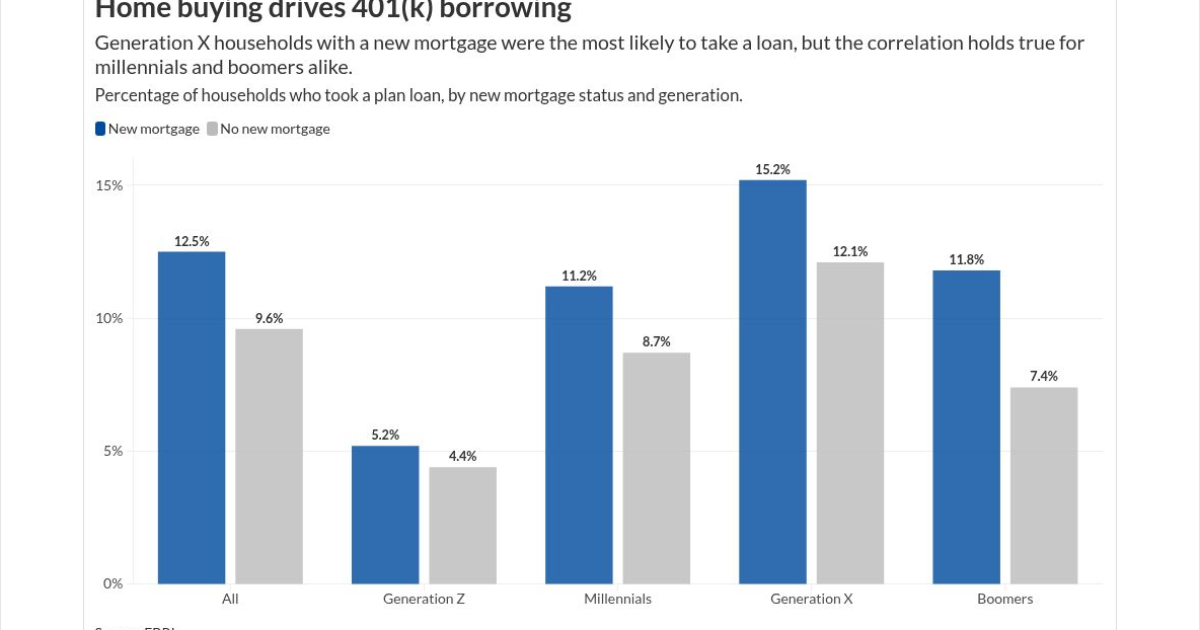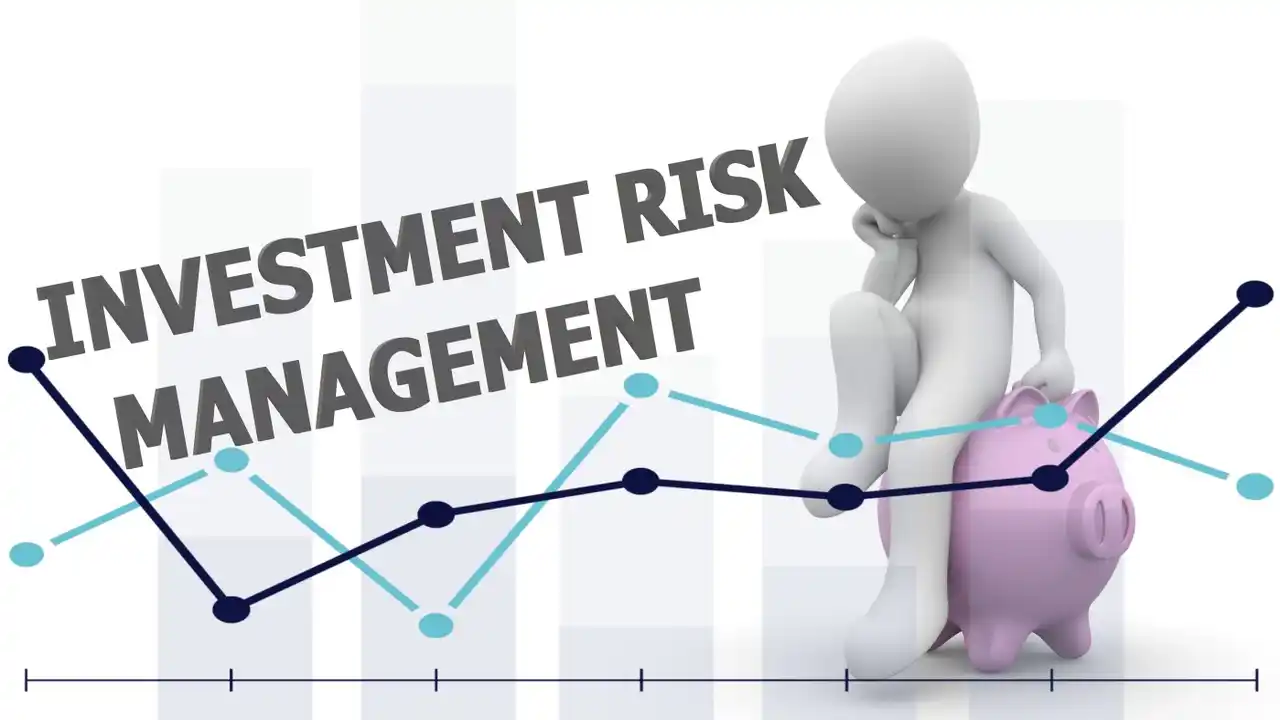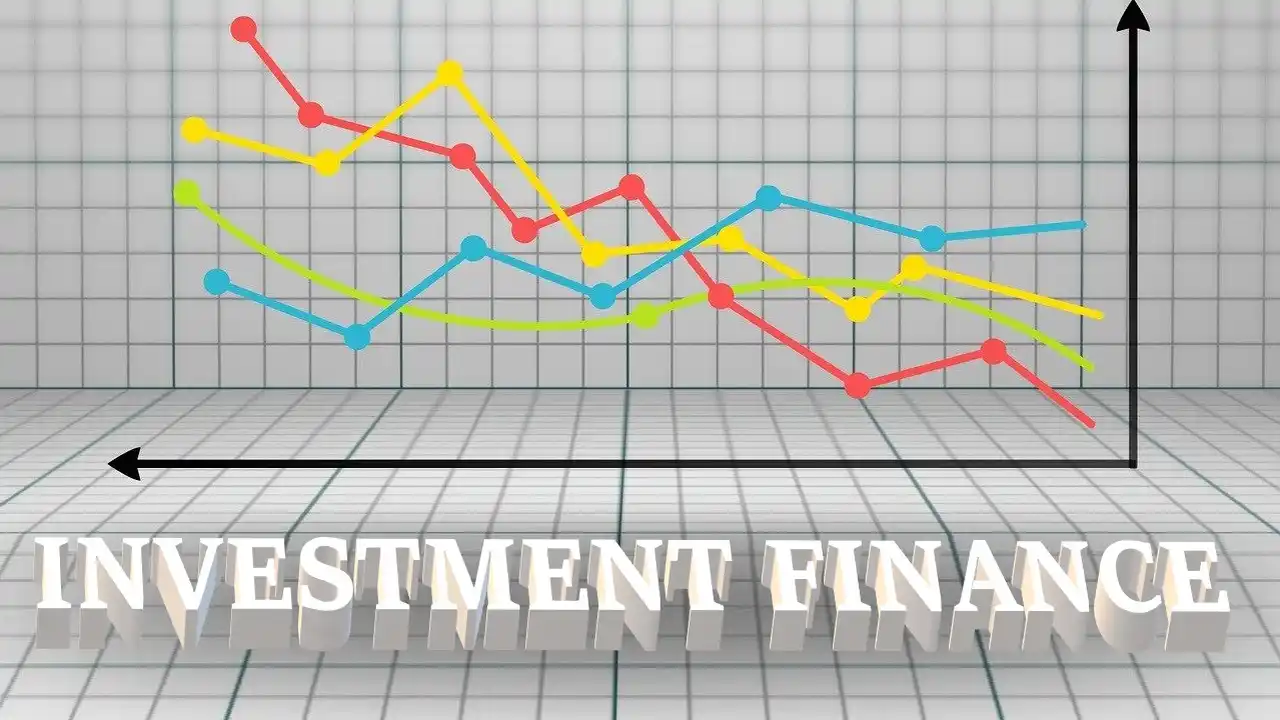Recent headlines surrounding the health care sector have been dire.
Over 100 rural hospitals have closed over the past decade, and over 700 more, representing one-third of the remaining facilities, are at risk of closing soon, according to the Center for Healthcare Quality and Payment Reform. Adding to this crisis are the Medicaid cuts and changes signed into law on July 4 by President Donald Trump in the One Big Beautiful Bill Act.
The government shutdown, now in its fourth week, further imperils additional Medicaid funding, and the lack of a deal on extending the Affordable Care Act tax credits could lead to hundreds of thousands of job losses and billions of dollars in reduced state revenues.
The shutdown and rural hospital closures show just how vulnerable traditional health care revenue streams can be, said Eric Croak, president of Croak Capital in Toledo, Ohio.
But despite the bleak statistics, health care funds may make for an attractive investment thesis, given the rising cost of care, drugs and aging in the U.S.
READ MORE: How financial advisors can buy a wealth book of business
A rural hospital losing millions has no correlation to a telehealth firm that is doubling subscription growth year over year, said Croak.
“Health care investing these days is all about identifying technology and pharmaceutical development that is solving inefficiencies faster than policy can respond,” he said. “In some cases, policy turmoil creates headwinds for the bureaucratic incumbents and tailwinds for the disruptors.”
Growth potential — along with regulatory risks
But Wheeler Crowley, co-founder and financial advisor at CoFi Advisors in Portsmouth, New Hampshire, said his firm sees too many unattractive risks and variables to allocate client portfolios heavily toward health care.
“This sector feels like a particularly live wire politically, which increases regulatory risk,” he said.
READ MORE: Advisors clamor for estate planning tools as attorneys wave red flags
The biotech market provides plenty of innovation opportunities, Crowley said, but trial results are volatile, and the success of these companies frequently depends too heavily on those results.
“There is no doubt that an aging population combined with technological innovation could make for great growth potential,” he said. “As is often the case, investing in health care through broad market exposure looks like the best way to participate in the potential while minimizing the risks.”
However, Croak said in his experience, the best health care funds rarely follow the news cycle.
“The best ones lean into substance, like margins, pricing power and cash flow discipline,” he said. “Predictable, recession-resistant cash machines versus moonshot biotech narratives hinging on FDA approvals or last-ditch drug trials.”
He advises clients that if half of their portfolio is “riding on regulatory miracles, that’s not a fund, it’s a lottery ticket.”
“The stronger health care funds tend to stick to infrastructure like surgical centers, diagnostic platforms, managed care and prescription ecosystems,” he said. “That’s where the low-hanging fruit is.”
A good health care fund shows pricing power, recurring demand and capital discipline, Croak said. Funds that are overweight companies with the benefit of long-term service contracts, recurring patient demand or patented treatment ecosystems can compound predictably.
On the other hand, a poor health care fund is usually overexposed to binary risk like regulatory approvals, trial results or reimbursement decisions, he said.
“That being said, I think too many investors mistake volatility for opportunity,” he said. “In my experience, a true test of a strong fund is to maintain and grow earnings while keeping consistent margins in spite of government headlines or policy noise.”
Croak advises investors to treat health care funds like they would utilities or staples.
“Necessary, defensive and, when selected well, they tend to hold up when everything else is buckling,” he said. “But that doesn’t mean just blindly buying the sector either.”
Investors could end up with overlaps or low-conviction bets if they don’t carefully dissect what the fund actually owns.
“I would imagine there are investors who think they’re diversified when they actually own four funds that all have the same 10 tickers,” he said.
Which health care funds have performed — or not — in recent years? Scroll down the slideshow below to see the 10 health care funds with the highest one-year annualized returns and the 10 health care funds with the lowest one-year annualized returns as of Sept. 30, 2025. All data is from Morningstar Direct.



























